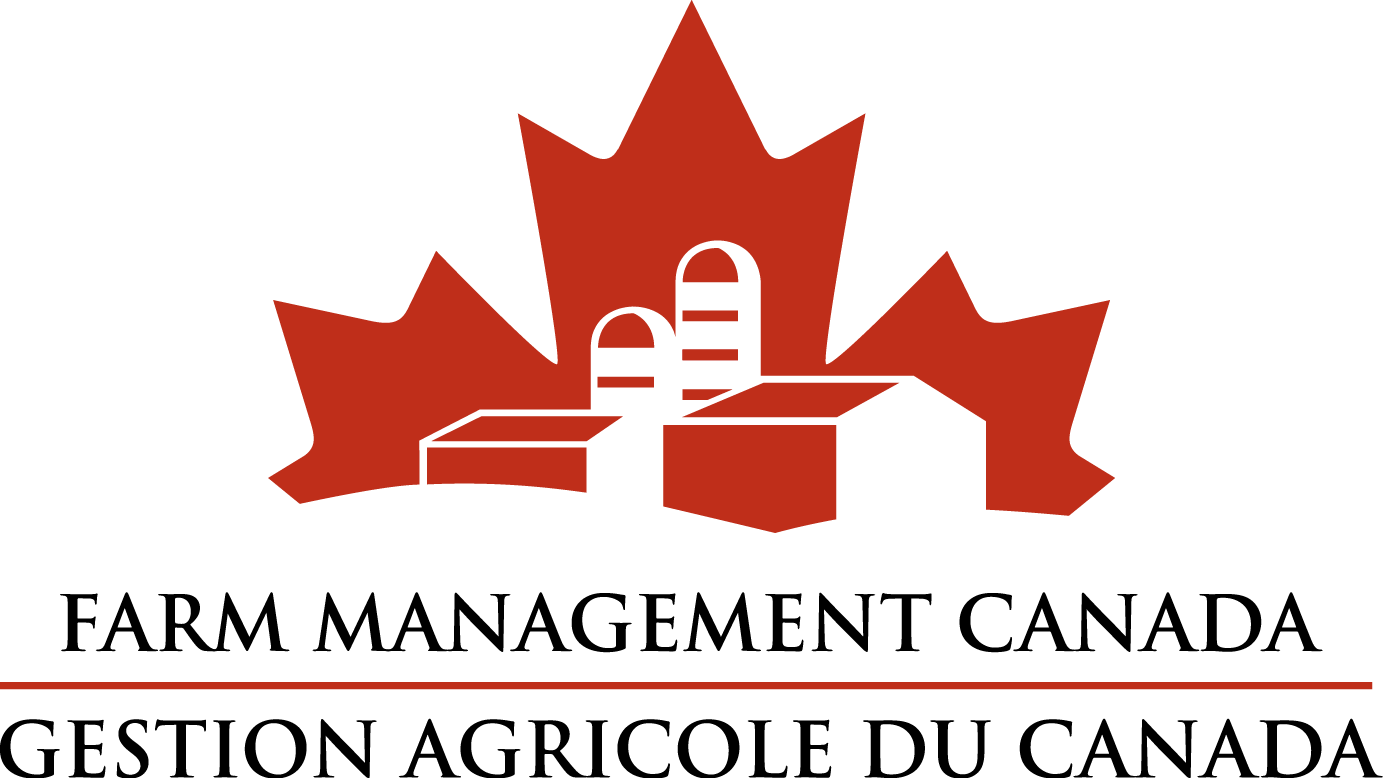With the new open market for Canadian wheat, the voluntary Harvest Sample Program is another tool that can help producers with marketing grain.
 The Canadian Grain Commission’s (CGC) Harvest Sample Program is a voluntary program that is open to any producer across Canada. With the new open market for Canadian Wheat, the number of producers participating in the program has grown in 2012. Although the program has only been available in eastern Canada for the past four years, western Canada has had some type of harvest survey analysis for the past 85 years.
The Canadian Grain Commission’s (CGC) Harvest Sample Program is a voluntary program that is open to any producer across Canada. With the new open market for Canadian Wheat, the number of producers participating in the program has grown in 2012. Although the program has only been available in eastern Canada for the past four years, western Canada has had some type of harvest survey analysis for the past 85 years.
“Our Harvest Sample Program has been updated and modified over the years,” explains Twylla McKendry, ?Program Manager, Analytical Services with the CGC in Winnipeg, Manitoba. “Initially in 1927, we received samples from the thousands of elevators from across western Canada. However, today there are only about 350 elevators operating, so it is easier for us to go directly to producers and we get a more representative sample. We still continue to get samples from the various elevators to supplement the information.”
McKendry notes that they have reached about 8,000 producers in their database, with the number participating increasing this year. “So far well over half of the producers in our database have already submitted samples, and we expect to receive more as harvest is completed across the country,” says McKendry. “The open options for marketing mean that producers can shop around more than they have been able to in the past for their wheat crops, and this program supports that new open market for Canadian wheat. It also helps promote the sale of Canadian grain by providing customers with scientific information about the quality of this year’s harvest.”
Sampling, Analysis and Harvest Quality Reports
 The Harvest Sample Program, which includes cereals, oilseeds and pulses, is free to producers who want to participate. Producers can either sign up online through the website or call the Canadian Grain Commission directly to request a Harvest Sample Program kit. Postage paid envelopes and instructions are included in the kit.
The Harvest Sample Program, which includes cereals, oilseeds and pulses, is free to producers who want to participate. Producers can either sign up online through the website or call the Canadian Grain Commission directly to request a Harvest Sample Program kit. Postage paid envelopes and instructions are included in the kit.
Technology has made the process simpler and tracking samples much easier with barcoding and online access. “Every producers has a unique producer number, and every sample package sent out includes an individual bar code,” explains McKendry. “This system eliminates lost samples and helps us track the samples and data through the analysis and reporting. Farmers are asked to send in a representative sample of their crop or bin or field, depending on how they choose to sample.”
Once the samples arrive at the CGC, the envelope barcodes are scanned into the system and then the samples are cleaned according to the grain grading guide and sent to the inspection lab for grading. “The inspector will grade the sample and then write grading comments on the back of the envelope and send the sample back to our Analytical Lab for protein analysis or oil content or other quality parameters,” explains McKendry. “While the samples are being analyzed, the staff enter all of the sample data and comments into the database, so at the end we can generate individual reports for each producer.”
The CGC does their best to turn around the samples quickly. As soon as a sample has been through the grading and analysis, the data is available to producers either the same day or the next. “Producers can log into the system and get their reports online, or they can call the toll-free number or call me directly,” says McKendry. “Although we allow a few weeks to process the samples, so far we’ve been turning around samples within a few days of arriving at our labs.”
The CGC also produces composite samples to provide quality information of the annual crop to assist with export marketing. “We post the quality data on our website, usually by the end of November, so that farmers, industry and buyers interested in buying Canadian grain can look at the data,” explains McKendry. “This fall we will post the harvest quality data for 2012 along with 2011, as well as a ten year running average so buyers can see the quality year-after-year. Some preliminary data is already available on our website and we usually update the reports every Monday until the final analysis is complete.”
Producers have until November 1, 2012 to send in a grain sample to get a free unofficial grade and quality information through the Canadian Grain Commission’s Harvest Sample Program. Producers who haven’t participated before should sign up by October 15, 2012 to make sure they receive their Harvest Sample Program kit in time to send a sample this fall.
“The Harvest Sample Program provides farmers with good information for marketing their grain,” says Twylla McKendry. “The samples are also valuable to the Canadian Grain Commission for doing research and providing industry with the crop quality of grains and oilseeds across Canada for a given year.”
Contact:
Twylla McKendry
Ph: 204-983- 2289 or toll-free: 1-800-853-6705
Email: [email protected]
Or: Email: [email protected]
http://www.grainscanada.gc.ca/index-eng.htm
Video: Sending in a grain sample:
http://www.grainscanada.gc.ca/media-medias/sgs-eeg/video-sgs-eeg-eng.htm
